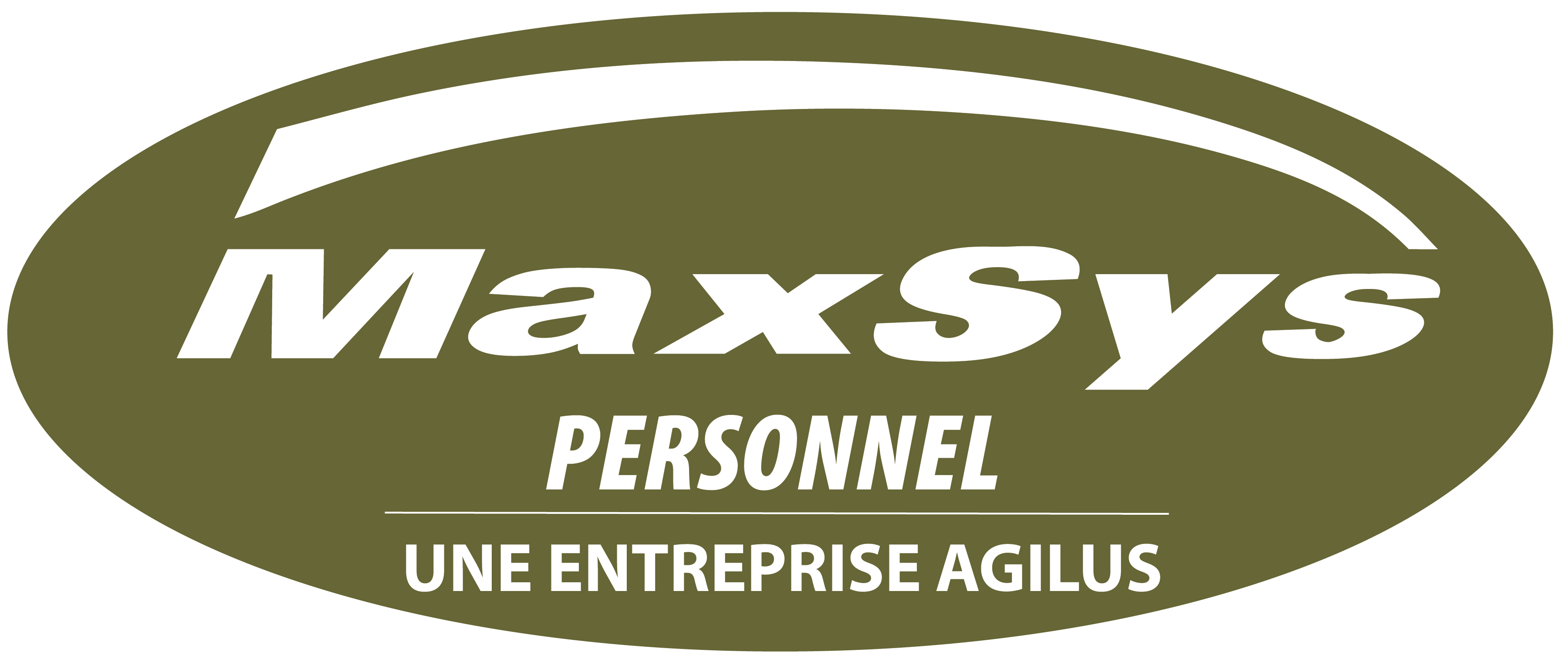novembre 25, 2019
Control HR Workforce Costs in 3 Steps
Salaries make up a significant part of your company’s annual expenditures. Keeping your labour costs under control is therefore an imperative. But you should explore other avenues before thinking about staffing cuts. Controlling your labour costs does not necessarily mean reducing your workforce. Rather, the objective is to strategically manage human resources to make them a real lever for the company’s performance.
There is a simply three pronged approach to the HR management challenge:
- Perform an HR Diagnosis
Any company that wants to prosper must manage its employees effectively. For entrepreneurs, who do not always have the means to acquire experts or, even less, an HR department, the function often falls to the payroll department and personnel administration. This can quickly become an issue as the company grows, when managing human resources becomes more complex. Without necessarily leading to the creation of an HR department, this function must be considered in its entirety. We must ensure that it remains aligned with growth objectives and market needs.
Automating low value-added tasks improves productivity, reducing operating costs and filling labour gaps. Several aspects must be re-assessed to complete your HR diagnosis:
- Do employee salaries reflect their true worth?
- What is your turnover rate?
- Is the work atmosphere good, are your employees motivated?
- Do your employees need to improve their skills?
An HR diagnosis helps to identify areas for improvement and solutions to be considered. Establishing performance indicators and implementing appropriate management systems can lead to productivity gains of 10% to 15%. Entrepreneurs then realize that they can do much more with the same resources.
2. Optimize Your Processes
Process optimization yields undeniable productivity gains. This exercise helps you ensure that tasks are organized and executed with maximum efficiency. Of course, the first thing to do is determine the objectives to be achieved, whether in terms of personnel management or production management.
- What gaps need to be filled?
- Do your employees have all the necessary tools to perform their tasks?
- Do they need additional training?
- Are any tasks multiplied or neglected?
Optimization must be based on clear and detailed documentation for each step of the process. You will also need to use appropriate key performance indicators (KPIs) to monitor your progress. Various technological tools will let you collect data and centralize information to have a better overview. It’s about making processes more robust.
3 Automate Operations
Another advantage of process optimization is that it can help to eventually automate certain tasks. There are many advantages here. Automating low value-added tasks improves productivity, reducing operating costs and filling labour gaps. We realize that automation can have a positive impact on staff mobilization and retention, which are also ways of controlling labour costs.
In addition, automated systems make repetitive tasks safer, thereby reducing the risk of injuries that can lead to prolonged absences. Employees then focus on more stimulating tasks. To say nothing of the improvement in product quality, which means fewer manufacturing rejects. However, training needs are to be expected to help your employees migrate to more specialized and, therefore, more interesting positions. We realize that automation can have a positive impact on staff mobilization and retention, which are also ways of controlling labour costs.
By following these three steps, increased efficiency and productivity can be realized.
HR Magazine, BDC, Forbes.



